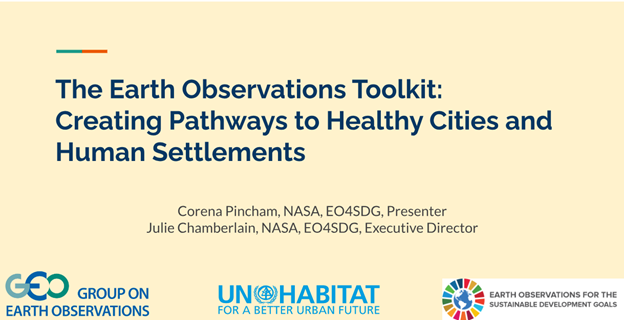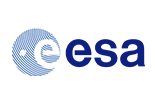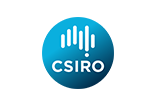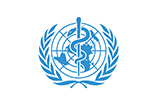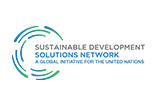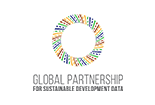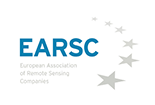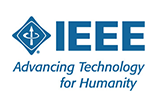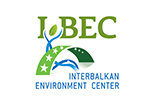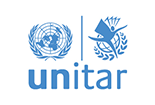EO Toolkit’s Urban Health Applications Showcased at GEO Health Community of Practice Meeting
On August 29, Corena Pincham presented on the Earth Observations Toolkit for Sustainable Cities and Human Settlements (“EO Toolkit”) during a community teleconference hosted by the GEO Health Community of Practice. The meeting spotlighted posters detailing Earth observation research applications for public health.
Titled “Creating Pathways to Healthy Cities and Human Settlements,” the presentation described how the EO Toolkit’s data resources can benefit analysts, policymakers at both national and city levels, commercial entities, and community organizations to improve urban health outcomes.
The EO Toolkit is an online knowledge resource focused around Sustainable Development Goal 11, which aims to make cities and human settlements inclusive, safe, resilient and sustainable.
Bridging SDG 11 Targets and Public Health
In her presentation, Corena concentrated on how the EO Toolkit offers geospatial data and tools pertinent to four SDG 11 targets that intersect with urban health:
Ensuring Access to Safe and Affordable Housing (SDG 11.1)
Earth observations and geospatial data can be instrumental in providing insights into housing layouts and availability. With such data, there’s potential to better understand housing adequacy, identify regions that might benefit from basic service enhancements, and highlight areas where upgrades could improve urban well-being.
Enhancing Sustainable Urbanization (SDG 11.3)
Earth observations and geospatial data can assist in shedding light on urbanization processes and shifts in population demographics. These insights may offer valuable perspectives, helping in the development of more integrated and sustainable settlement plans that aim for inclusivity.
Universal Access to Green and Public Spaces (SDG 11.7)
The role of open and green spaces in urban settings is significant for public health. Earth observations and geospatial data can help in identifying and assessing the presence and quality of these spaces, ensuring they are considered in urban planning, especially for enhancing physical and mental wellness.
Promoting Safe and Sustainable Transport Systems (SDG 11.2)
Understanding regional transportation dynamics is vital for urban health. With the aid of earth observations and geospatial data, there’s potential to get a clearer picture of transportation access, pollution patterns, and areas where transit systems might be improved for better safety and sustainability.
City Cohorts: Bridging Earth Observations and Urban Initiatives
Corena also drew attention to the “City Cohorts” project currently being developed by the EO Toolkit Steering Committee. The aim is to help cities gain the awareness and capacity to utilize Earth observations and monitor environmental dynamics with access to open-source data and expertise in EO and urban policy. A notable goal is fostering collaboration between cities from the Global North and South, focusing on applications related to air quality and urban heat.
We invite those with backgrounds in urban planning, health services, and health policy to explore the EO Toolkit and to reach out if you’re interested in joining the Steering Committee or City Cohorts group!
Click here to learn more about the GEO Health Community of Practice event.
Date Published: September 29, 2023
View All News



